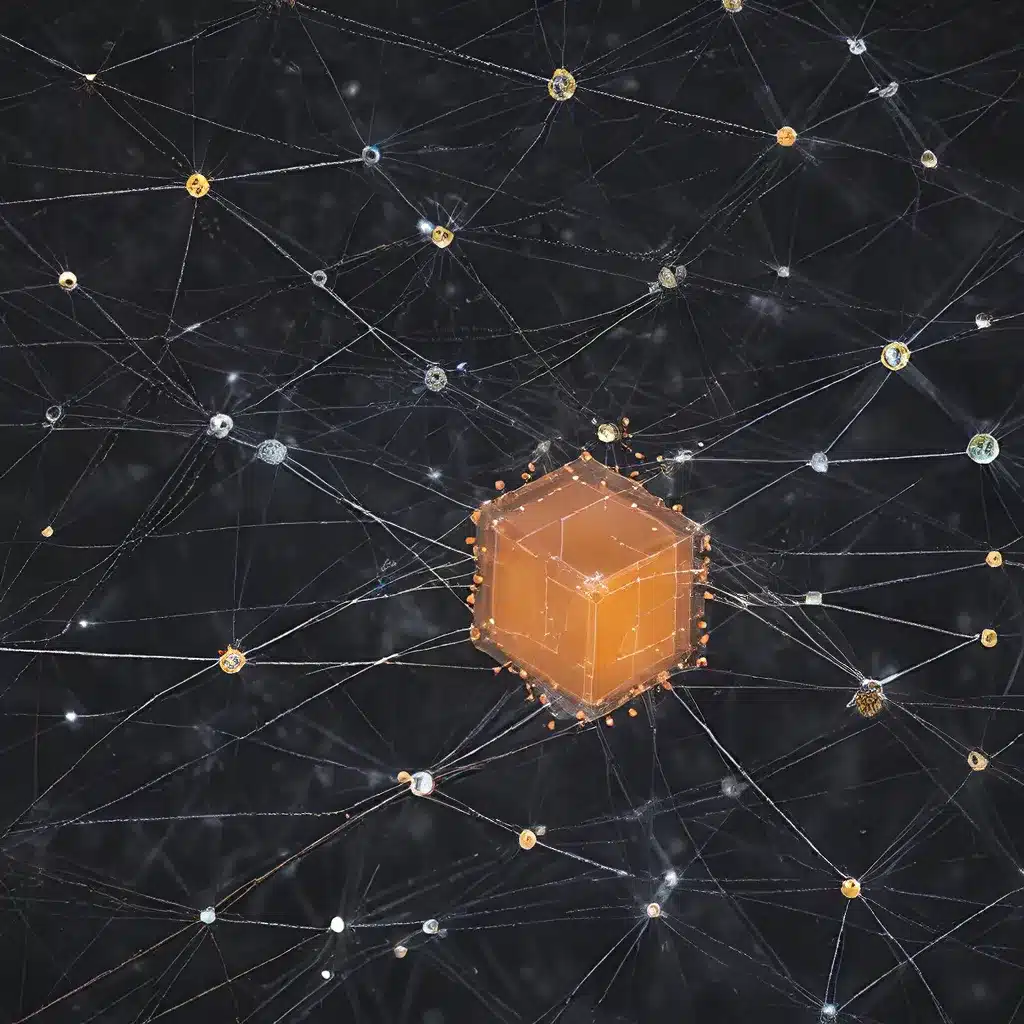
Sensor Networks and the IoT Revolution
The Internet of Things (IoT) has revolutionized the way we interact with the world around us. At the heart of this revolution are sensor networks – interconnected systems of devices capable of gathering, processing, and sharing vast amounts of data. These networks have found applications across a wide range of industries, from smart cities and environmental monitoring to industrial automation and healthcare.
One of the key challenges in sensor network design is ensuring the privacy and security of the data being collected and analyzed. As sensor networks grow in scale and complexity, the potential for data breaches and unauthorized access increases. This is particularly crucial in applications where sensitive information, such as personal health data or critical infrastructure monitoring, is involved.
Privacy-Preserving Data Analytics
To address these concerns, researchers and industry professionals have been exploring privacy-preserving data analytics techniques for sensor networks. These approaches aim to enable the extraction of valuable insights from sensor data while protecting the privacy of individuals and preserving the confidentiality of sensitive information.
One such technique is the use of differential privacy, which adds noise to the data in a way that preserves the statistical properties of the overall dataset while making it difficult to identify individual data points. This approach has been successfully applied in various sensor network applications, such as smart city traffic monitoring and environmental sensing.
Another privacy-preserving technique is secure multiparty computation (SMC), where sensor nodes collaborate to perform analytics without revealing their individual data to each other. This method allows for the aggregation of sensor data and the execution of complex queries while maintaining the confidentiality of the underlying information.
Distributed Sensor Network Architectures
The design of the sensor network architecture itself plays a crucial role in enabling privacy-preserving data analytics. Distributed sensor networks, where data processing and decision-making are decentralized, offer several advantages over centralized models:
-
Improved Privacy: By distributing data processing across multiple nodes, the risk of a single point of failure or unauthorized access is reduced, enhancing the overall privacy and security of the system.
-
Scalability: Distributed architectures can more easily accommodate the growing number of sensor devices and the increasing volume of data being generated, without compromising performance or reliability.
-
Resilience: If one node in a distributed network fails or becomes compromised, the rest of the system can continue to operate, ensuring the availability and reliability of the sensor network.
Edge computing and fog computing are two popular approaches for implementing distributed sensor network architectures. These paradigms push data processing and decision-making closer to the source of the data, reducing the need for data to be transmitted to a central cloud or server.
Energy Management in Sensor Networks
Another critical aspect of sensor network design is energy management. Sensor nodes are often battery-powered or rely on limited energy sources, such as solar or wind power. Ensuring the efficient use of energy is essential for the long-term sustainability and reliability of the network.
Various techniques have been developed to optimize energy consumption in sensor networks, including:
- Duty cycling: Alternating between active and sleep modes to reduce the overall power consumption of individual nodes.
- Energy harvesting: Incorporating renewable energy sources, such as solar panels or piezoelectric generators, to supplement or replace battery power.
- Adaptive sensing: Adjusting the sampling rate or resolution of sensors based on the dynamic needs of the application, reducing unnecessary data collection and processing.
By incorporating energy-efficient designs and power management strategies, sensor networks can operate for extended periods without requiring frequent battery replacements or maintenance, making them more cost-effective and environmentally sustainable.
Sensor Network Applications and Future Trends
The applications of sensor networks span a wide range of industries, each with its own unique challenges and requirements. Some of the most prominent use cases include:
-
Smart Cities: Sensor networks are used for traffic monitoring, air quality management, street lighting optimization, and waste management, among other applications.
-
Environmental Monitoring: Sensor networks are deployed for forest fire detection, flood monitoring, wildlife tracking, and pollution control.
-
Industrial Automation: Sensor networks enable predictive maintenance, process optimization, and quality control in manufacturing and industrial settings.
-
Healthcare: Sensor networks are used for remote patient monitoring, medication management, and assisted living applications.
As the IoT and sensor network technologies continue to evolve, we can expect to see even more innovative applications emerge. Advancements in areas like 5G connectivity, edge computing, and artificial intelligence will further enhance the capabilities of sensor networks, enabling more sophisticated data analytics, real-time decision-making, and improved privacy and security.
By carefully designing privacy-preserving sensor network architectures, efficiently managing energy resources, and continuously exploring new applications, the sensor network and IoT ecosystem will continue to shape the way we interact with the world around us, driving forward the digital transformation across a wide range of industries and sectors.
To stay up-to-date with the latest developments in sensor networks and IoT, be sure to visit the sensor-networks.org website, where you can find a wealth of information, resources, and expert insights.